
| Recorded by: David George, Kevin Bischof, Rich Teper, Patrick Coin on 2025-08-15
Transylvania Co.
Comment: | 
| Recorded by: Simpson Eason on 2025-08-02
Durham Co.
Comment: |

| Recorded by: Jim Petranka and Becky Elkin on 2025-07-29
Madison Co.
Comment: | 
| Recorded by: Jim Petranka and Becky Elkin on 2025-07-26
Madison Co.
Comment: |
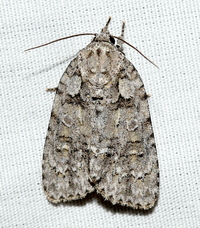
| Recorded by: David George, Dale Morgan, Patrick Coin, Julie Tuttle, Becky Watkins, et al. on 2025-07-26
Orange Co.
Comment: | 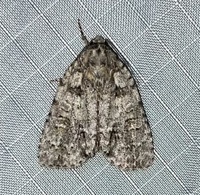
| Recorded by: Ken Kneidel on 2025-07-19
Mecklenburg Co.
Comment: |

| Recorded by: Mark Basinger on 2025-07-13
Rowan Co.
Comment: | 
| Recorded by: Mark Basinger on 2025-06-25
Buncombe Co.
Comment: |

| Recorded by: Michael P. Morales on 2025-05-21
Cumberland Co.
Comment: | 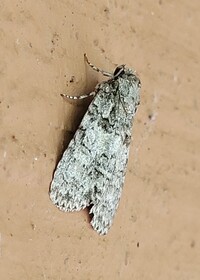
| Recorded by: Michael P. Morales on 2025-05-21
Cumberland Co.
Comment: |

| Recorded by: R. Teper on 2025-04-19
Orange Co.
Comment: | 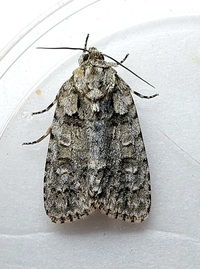
| Recorded by: Mark Basinger on 2025-04-05
Rowan Co.
Comment: |

| Recorded by: David George, Jeff Niznik, Kenneth Geisert, David Bradley, Julie Tuttle, Patrick Coin, Kaitlyn Elliott, Becky Watkins on 2024-08-17
Durham Co.
Comment: | 
| Recorded by: John Petranka on 2024-07-31
Orange Co.
Comment: |
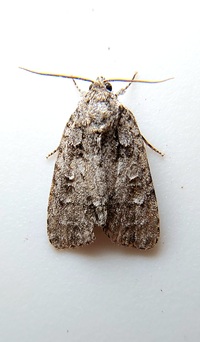
| Recorded by: Mark Basinger on 2024-07-28
Rowan Co.
Comment: | 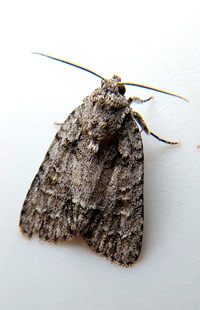
| Recorded by: Mark Basinger on 2024-07-26
Rowan Co.
Comment: |
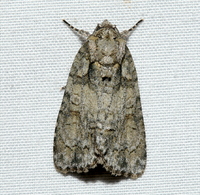
| Recorded by: Jeff Niznik, David George on 2024-07-25
Durham Co.
Comment: | 
| Recorded by: Simpson Eason on 2024-07-22
Durham Co.
Comment: |
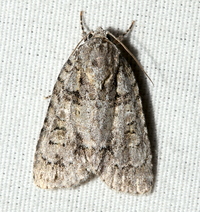
| Recorded by: David George on 2024-07-15
Chatham Co.
Comment: | 
| Recorded by: Jim Petranka on 2024-06-28
Madison Co.
Comment: |

| Recorded by: John Petranka on 2024-06-23
Orange Co.
Comment: | 
| Recorded by: John Petranka on 2024-06-23
Orange Co.
Comment: |

| Recorded by: David George, Stephen Dunn, Jeff Niznik, Patrick Coin on 2024-06-22
Chatham Co.
Comment: | 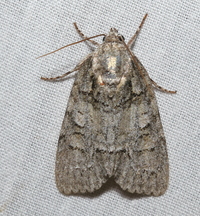
| Recorded by: David George, Steve Hall, Patrick Coin, Mark Basinger on 2024-06-16
Chatham Co.
Comment: |
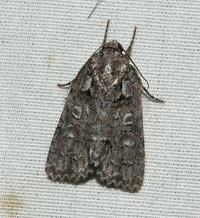
| Recorded by: David George, Steve Hall, Patrick Coin, Mark Basinger on 2024-06-16
Chatham Co.
Comment: | 
| Recorded by: David George on 2024-06-13
Durham Co.
Comment: |
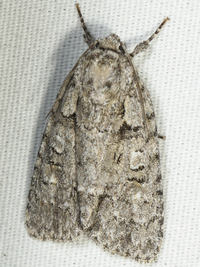
| Recorded by: John Petranka on 2024-06-07
Orange Co.
Comment: | 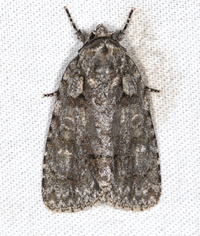
| Recorded by: Jim Petranka on 2024-06-02
Madison Co.
Comment: |

| Recorded by: David George, Jeff Niznik on 2024-06-01
Chatham Co.
Comment: | 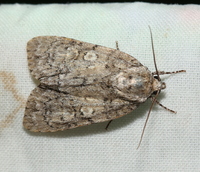
| Recorded by: David George, Jeff Niznik on 2024-05-25
Chatham Co.
Comment: |
|

 »
»
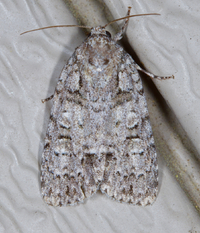

 »
»
